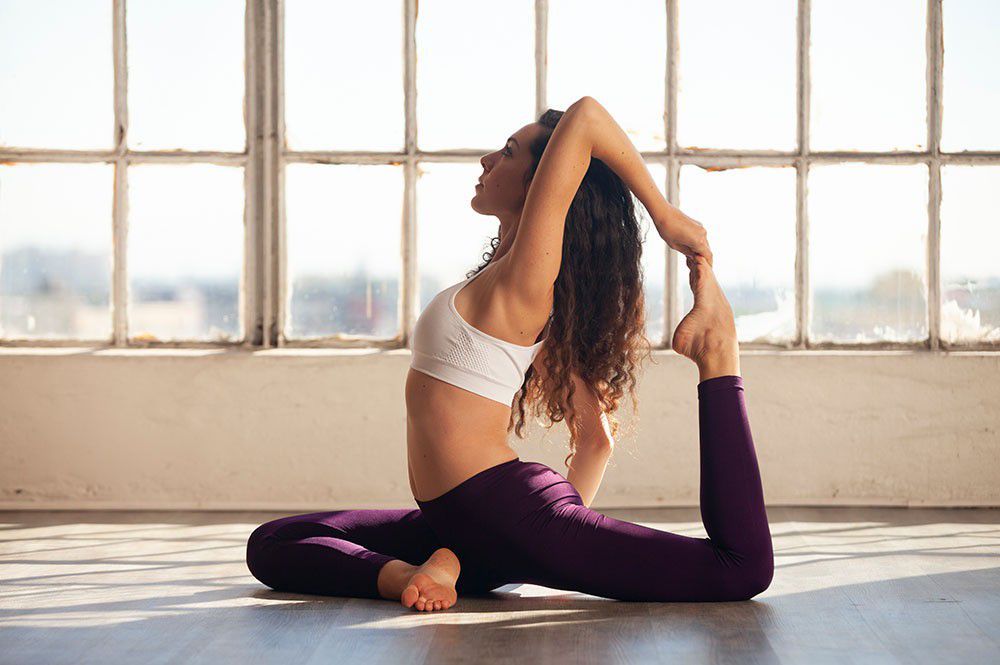Yoga: Benefits and Exercises

- 1 Introduction
- 2 Benefits
- 3 Positions
Common types of Yoga
There are various types of yoga, with some of the most practiced being:
These are just a few of the most widespread types. Actually, there are many more diverse types of yoga.
Benefits of Yoga
Each type of yoga leads to different psycho-physical goals and benefits. However, practitioners commonly experience improvements in both posture and flexibility, as well as at a mental level, reducing stress and anxiety. This is achieved through specific breathing and meditation techniques inherent to this discipline. Among the physical benefits is the enhancement of balance: certain exercises, performed independently, even at home, activate internal muscles that contribute to increasing the stability of the spinal column.
Common physical benefits include:
Key mental and psychological benefits include:
Well-Known Yoga Positions
Yoga exercises are characterized by conscious, present, and sustained practice. Each yoga position must be held for a specific period, paying special attention to breathing and relaxation. Acceptance of pain and personal limits is another fundamental aspect of yoga and its exercises.
Once you start practicing yoga, it’s challenging not to dedicate some time to it even at home, independently. Yoga positions help achieve the necessary psycho-physical well-being to face daily challenges or eliminate accumulated stress from the day. While there are numerous yoga positions, especially for beginners, some simple ones, when practiced consistently, are a panacea for the body and mind:






